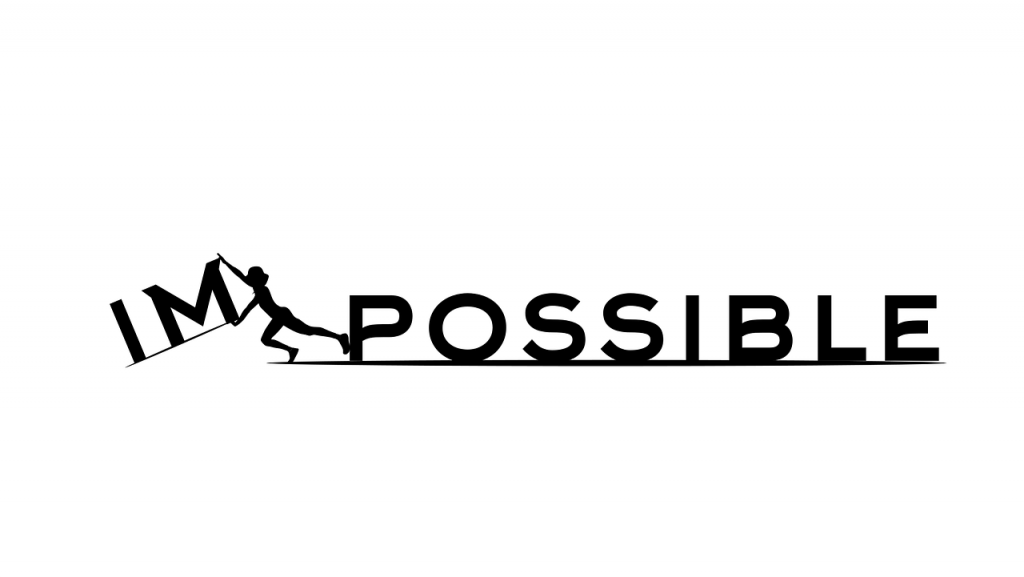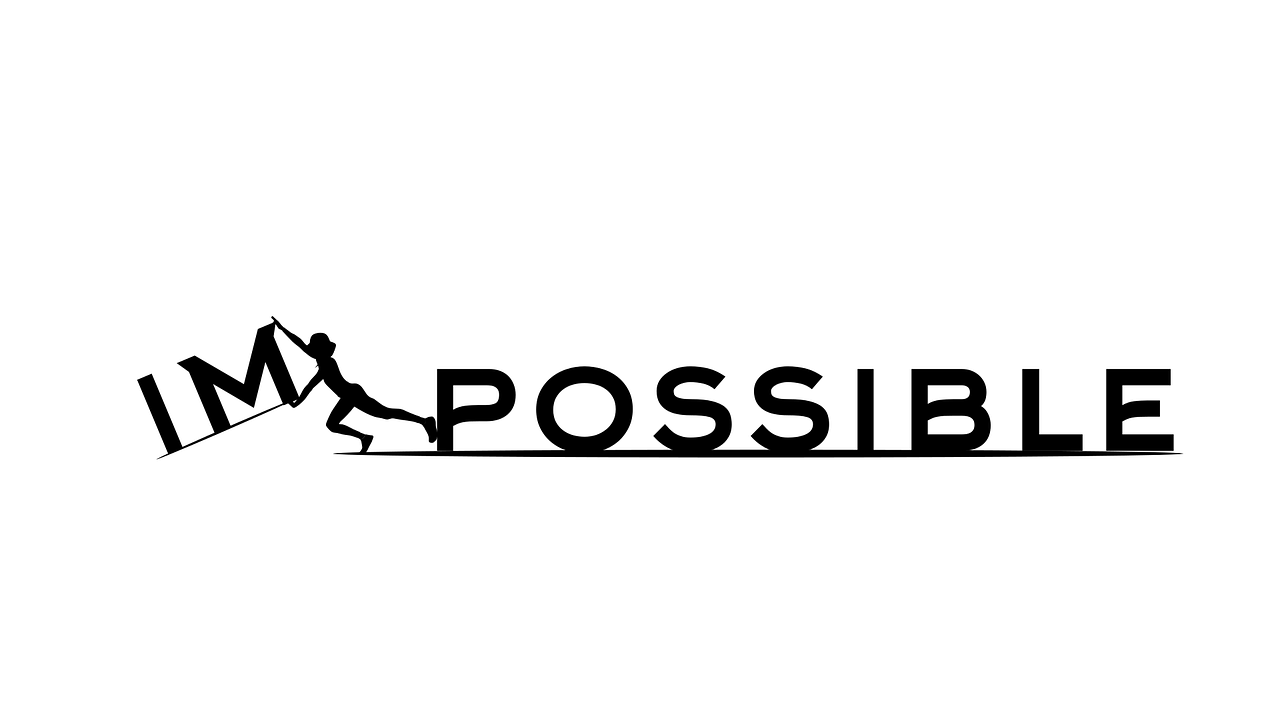Het arrangement Articles & Common mistakes is gemaakt met Wikiwijs van Kennisnet. Wikiwijs is hét onderwijsplatform waar je leermiddelen zoekt, maakt en deelt.
- Auteur
- Laatst gewijzigd
- 27-06-2023 20:08:52
- Licentie
-
Dit lesmateriaal is gepubliceerd onder de Creative Commons Naamsvermelding 4.0 Internationale licentie. Dit houdt in dat je onder de voorwaarde van naamsvermelding vrij bent om:
- het werk te delen - te kopiëren, te verspreiden en door te geven via elk medium of bestandsformaat
- het werk te bewerken - te remixen, te veranderen en afgeleide werken te maken
- voor alle doeleinden, inclusief commerciële doeleinden.
Meer informatie over de CC Naamsvermelding 4.0 Internationale licentie.
Aanvullende informatie over dit lesmateriaal
Van dit lesmateriaal is de volgende aanvullende informatie beschikbaar:
- Toelichting
- ROC Mondriaan Engels - Schrijven Niveau 2
- Eindgebruiker
- leerling/student
- Moeilijkheidsgraad
- gemiddeld
- Trefwoorden
- engels, mbo
Bronnen
| Bron | Type |
|---|---|
|
Froggy jumps https://www.educaplay.com/learning-resources/14462956-practice_the_a_or_an.html |
Link |
|
Common mistakes https://youtu.be/Yb7haBtdYck |
Video |
|
Fill in the blanks https://www.educaplay.com/learning-resources/14501143-fill_in_the_blanks.html |
Link |
|
Leerling enquête https://docs.google.com/forms/d/e/1FAIpQLSdc3lLI15KS5mCTIo6jNrhxKUbmoNVS_V3v4ruVfKfoknBzFg/viewform?usp=sf_link |
Link |










